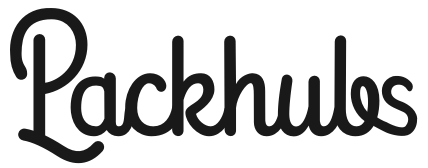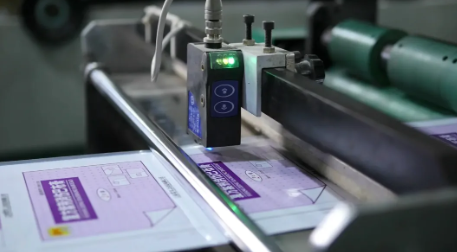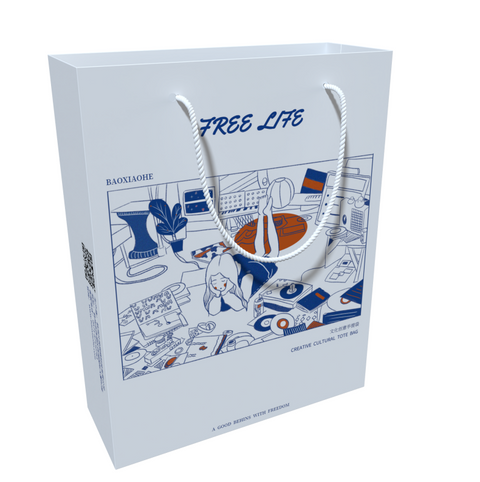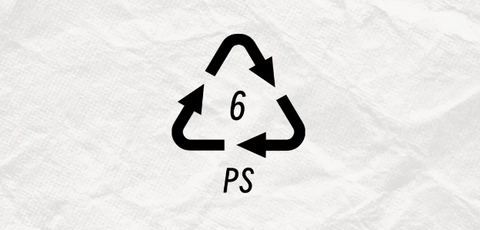Table of Contents
An excellent packaging designer should understand the entire process of packaging from design to sales, which helps the smooth flow of packaging from creativity to the hands of consumers.
01.Determine product design/box shape
In general, the box or bottle type required for packaging is provided by Party A, so the structure and packaging box type of the product are the first things we need to confirm. Packaging design is a design logic that transitions from 3D to 2D. We need to first confirm the execution direction at the level of three-dimensional structure, which may be influenced by factors such as production processes, technology, budget costs, distribution channels, etc.

02.Design packaging flat mockup
The rendering is the most important way to express and present when confirming solutions with clients. Some basic structural box shapes can be expressed and communicated through prototypes.
Once the packaging shape is determined, the conceptual and creative design can be carried out on a flat surface based on the measurement of the inner and outer packaging dimensions of the product.
When conceptualizing creativity, it's best to consider factors such as actual packaging material cost, manufacturing process difficulty, printing color deviation, and other production elements.

03.Sample production
To ensure the production process of bulk goods runs smoothly, most first parties will usually request to see a sample beforehand to check the design effect. During this phase, the structure, material usage, and design effect will be confirmed to ensure they meet expectations. Any issues will need to be promptly communicated and adjusted. Please note that color discrepancies may occur in the packaging of samples as they are mostly digitally printed, and differences in color compared to bulk printing are normal.

04.Proofreading & Editing
This stage also requires identifying and correcting errors with the first party. Pay special attention to adjustments in legal matters. If errors are only discovered during printing, it will waste a lot of time and money. Therefore, this step must have comprehensive packaging knowledge, carefully checking design, text, color proofing, barcodes, QR codes, etc., without missing any details.

05.Bulk production (match color)
Once all the above steps are confirmed, the formal printing process will begin. An important step is color matching, and if possible, the designer should accompany the on-site inspection to avoid potential significant differences between the final product and the initial expectations. Therefore, maintaining communication with the colorist is crucial to ensure the end result meets the expectations.

06.Surface finishing process
Packaging processing is an upgraded operation to further improve the appearance of packaging. With the continuously increasing aesthetic requirements of contemporary people, more and more packaging decoration and embellishment techniques are gradually maturing. Common packaging techniques include glossing, stamping, embossing, lamination, etc., through these processes, the packaging will become more layered, and the effects will be more abundant.

07.Post-production
After all the preceding processes are completed, the final finishing operations such as folding and box forming will be carried out. Some brand owners, due to issues related to internal product processing, will have the printing factory handle die-cutting before sending the materials to a processing plant for final product assembly, choosing between manual and automated operations based on structure, quantity, and cost considerations.

So, whether a packaging can finally land smoothly, multiple factors need to be considered, or else costs could easily be wasted.



